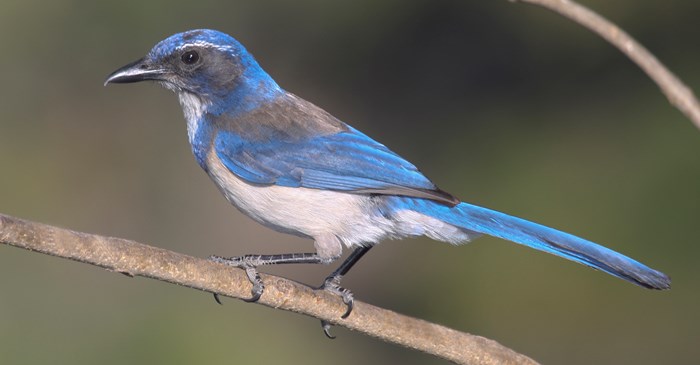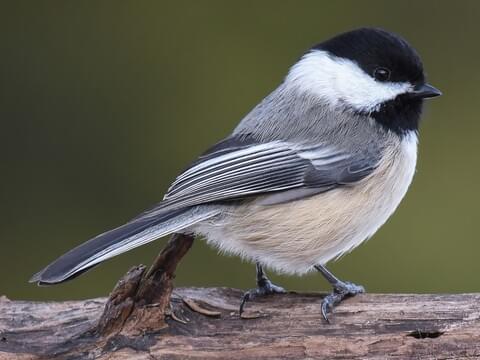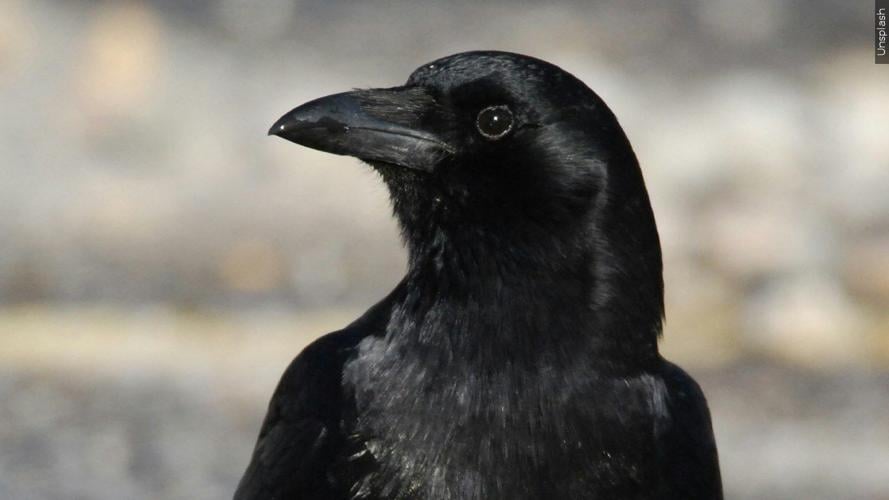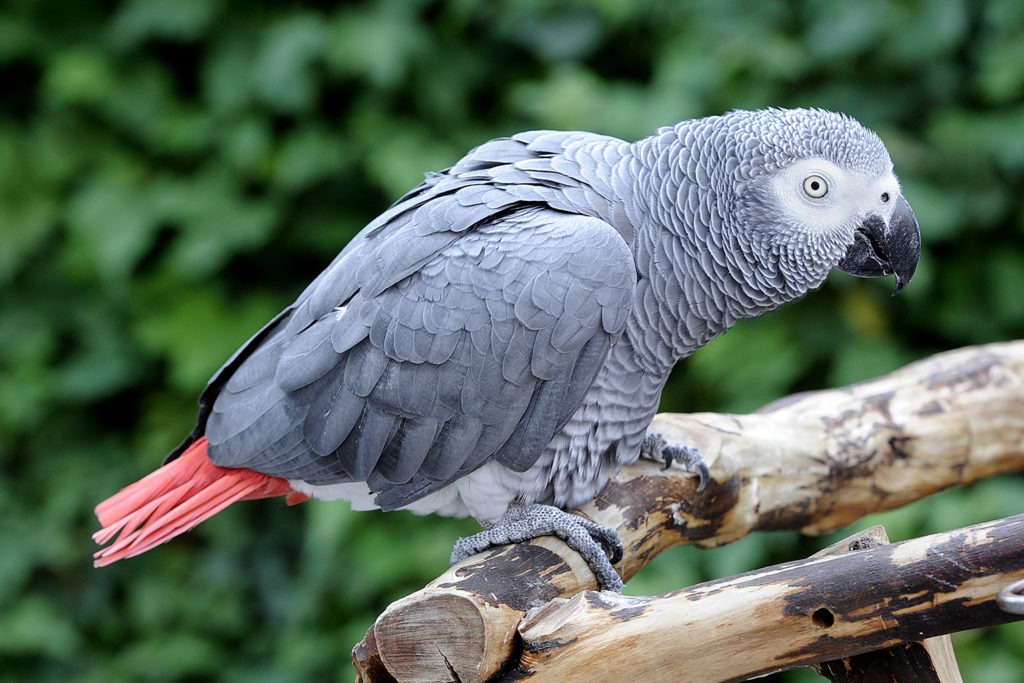A Hidden Intelligence
When people talk about smart animals, birds are often overlooked in favor of primates, dolphins, or dogs. Yet some of the most brilliant memory feats in the animal kingdom belong to birds. Many species remember not only places and events, but individual faces, social hierarchies, and even specific food caches hidden across vast landscapes. These abilities aren’t just random curiosities — they are essential tools for survival in complex environments. In fact, research in avian cognition is redefining how we understand animal intelligence, challenging old assumptions about brain size and evolutionary intelligence. Beneath their feathers, birds like crows, jays, and chickadees carry mental maps, long-term memory banks, and flexible strategies for the changing world.

The Scrub Jay's Secret Pantry
Western scrub-jays are among the most famous memory masters of the bird world. These sleek blue corvids live in dry oak woodlands where food can be scarce in winter. To survive, they cache thousands of acorns during autumn — burying them in scattered locations over hundreds of square meters. Remarkably, they’re able to remember the locations of these individual caches for weeks or even months. They even show evidence of **episodic-like memory**, a type of memory once thought to be uniquely human. For example, scrub-jays not only remember *what* they buried and *where*, but also *when*, allowing them to retrieve perishable food before it spoils. These birds adapt their behavior based on future needs, suggesting a sophisticated form of planning.

Chickadees and Winter Wisdom
Chickadees may be small, but they have incredible spatial memory. These energetic songbirds also cache food, hiding seeds and insects behind bark, in moss, and within tree crevices to retrieve during harsh winters. In colder regions, where food storage is critical, chickadees have even been found to grow **larger hippocampi** — the part of the brain responsible for memory — in response to seasonal needs. This biological flexibility is a rare and remarkable adaptation, showcasing how memory is not just about intelligence, but survival. Each individual chickadee might remember hundreds or thousands of hiding places and return to them with impressive accuracy, despite snow, predators, and time.

Crows: The Brainiacs of the Bird World
Crows and ravens are considered the most intelligent birds, and their memory capabilities are legendary. In urban areas, American crows have been shown to recognize and remember human faces — even those associated with danger. In one famous experiment, researchers wearing threatening masks were mobbed by crows who remembered and passed that information to other birds, even years later. Crows also remember social dynamics within their groups and adjust behavior depending on who is watching. They’ll even hide food when they sense another crow might steal it, suggesting an ability to take the perspective of others — a trait known as theory of mind. Their memories go beyond the physical world and extend into the social and strategic realm.

How Bird Brains Remember
So how do birds remember so much? For many species, it comes down to an unusually well-developed hippocampus. Studies show that food-caching birds have relatively larger hippocampi than non-caching species. Some can even regenerate neurons in this area during times of heavy mental demand — a feature rare among vertebrates. Birds also rely on visual cues, spatial mapping, and environmental landmarks to store and retrieve information. Unlike mammals, whose brains are layered like onions, birds' brains are structured differently — yet no less complex. Their neural architecture may be distinct, but the results are astonishingly similar, showing that intelligence has evolved multiple times in unique and beautiful forms.
Social Memory and Recognition
Exceptional memory in birds isn’t just about finding food — it’s also deeply social. Many parrots, corvids, and songbirds can remember individual flock members and their status within a group. They form long-term pair bonds and recognize family members over time. In some cases, birds separated for years can still remember their former companions. African grey parrots have even demonstrated the ability to recall words and concepts taught to them decades earlier. Social memory helps birds navigate alliances, rivalries, and complex group behavior — essential for species that live in tight communities or shifting flocks.

Conclusion: Minds in Feathers
Birds with exceptional memory remind us that intelligence in the natural world comes in many forms — not just in opposable thumbs or tool use, but in quiet, unseen acts of recollection. A crow remembering your face. A jay retrieving a single acorn. A chickadee navigating its winter pantry. These moments show us that minds can fly, sing, and soar across seasons and landscapes. They challenge us to rethink what it means to be smart — and to listen more carefully to the silent wisdom of wings.
